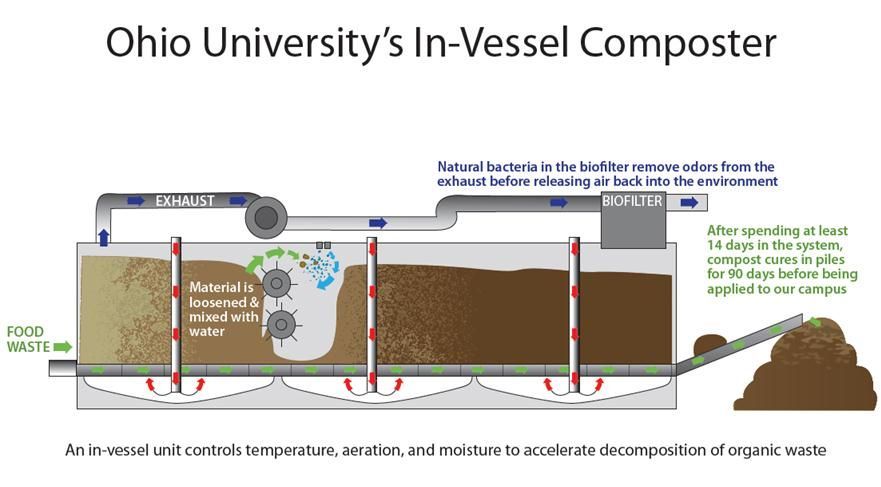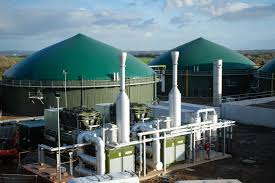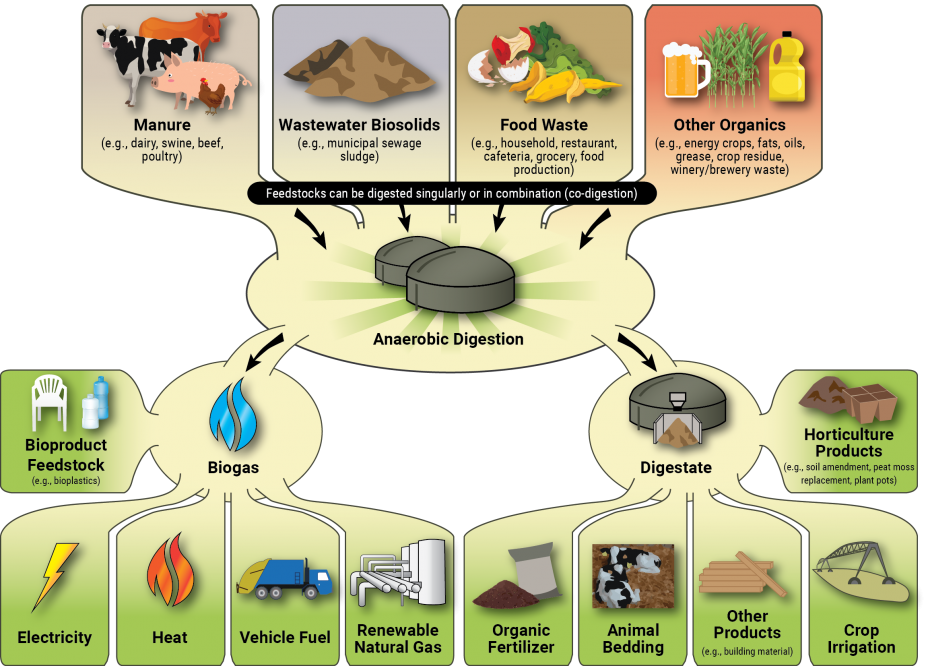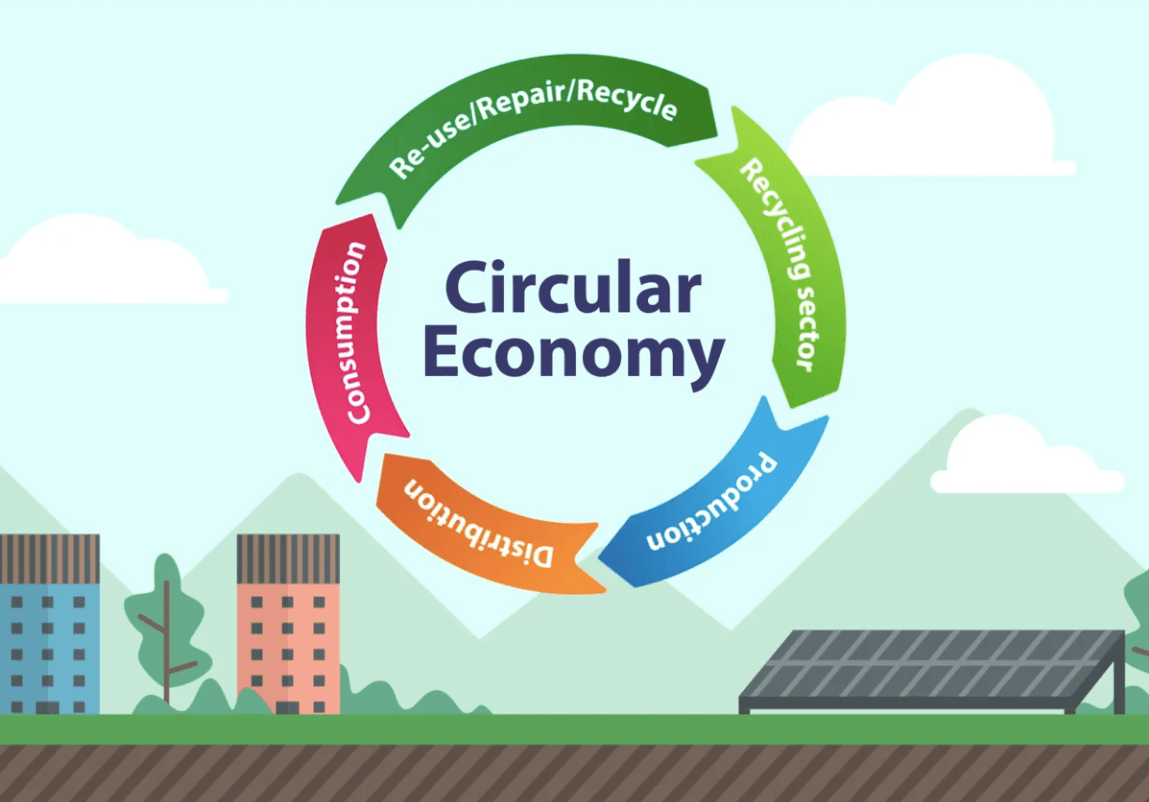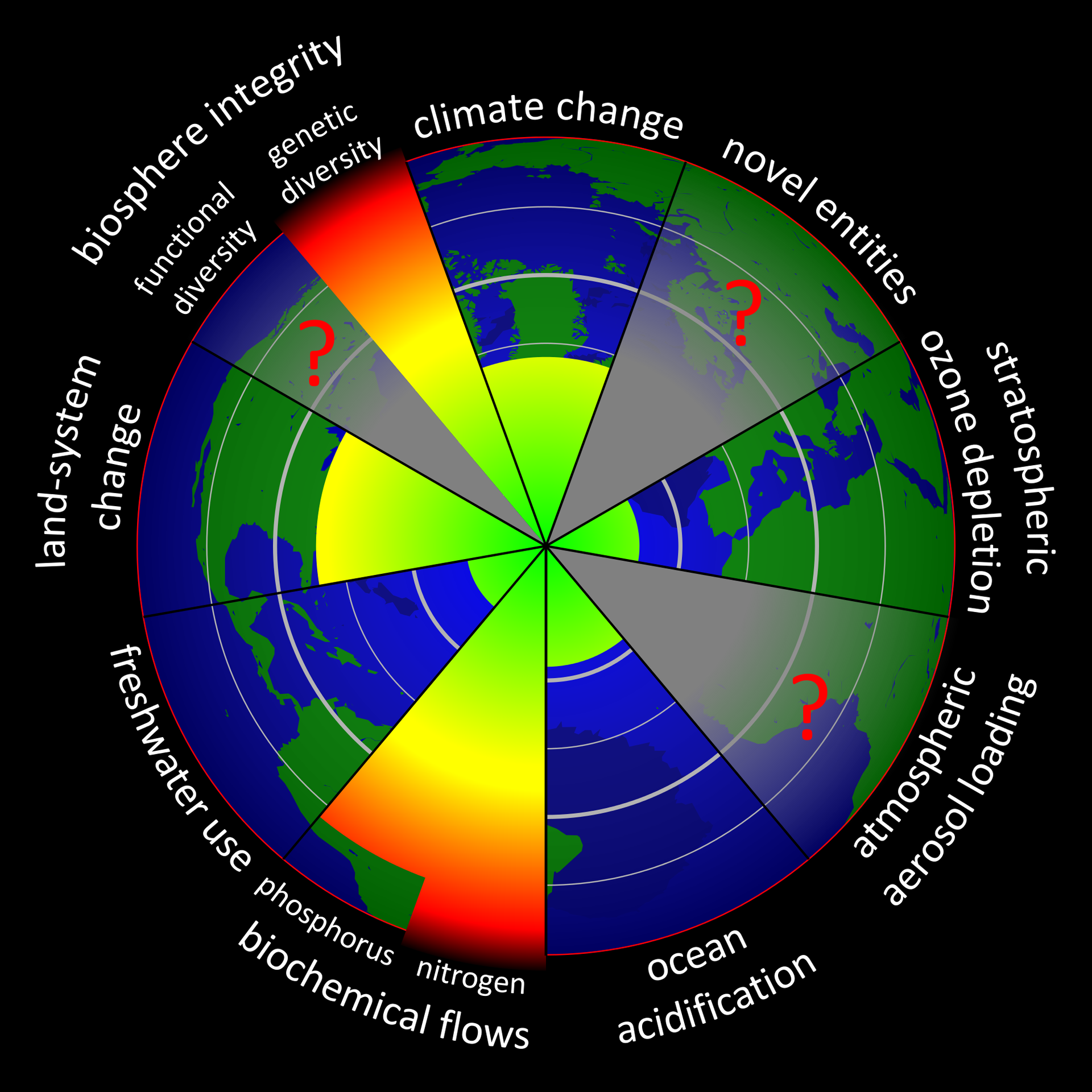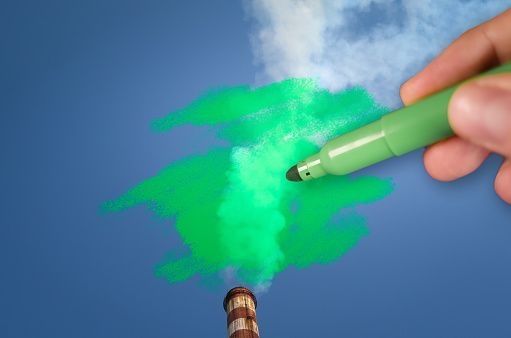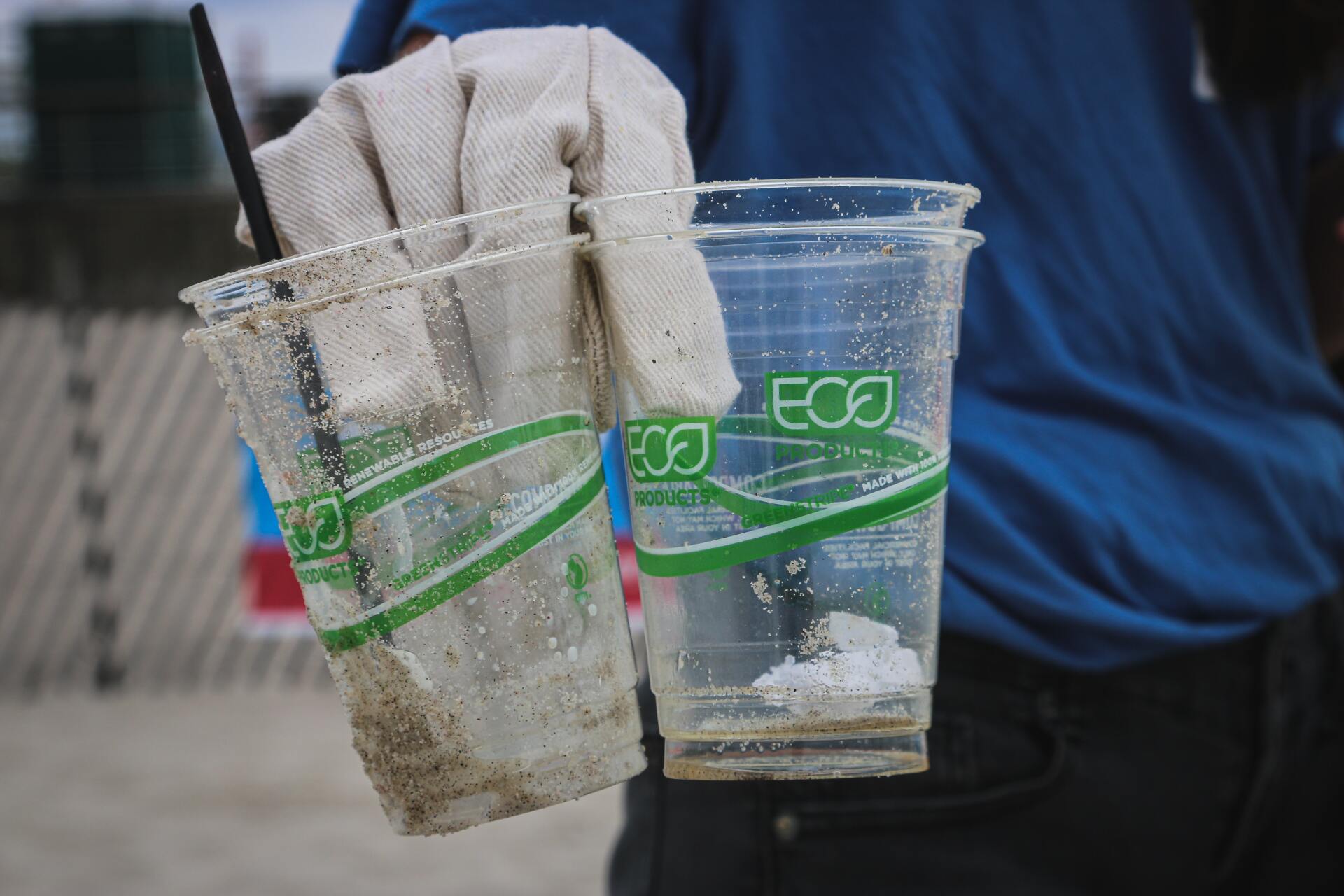Food Waste in Hospitality - Where does the Food Waste go?
Your Waste Has Been Collected So Now What?
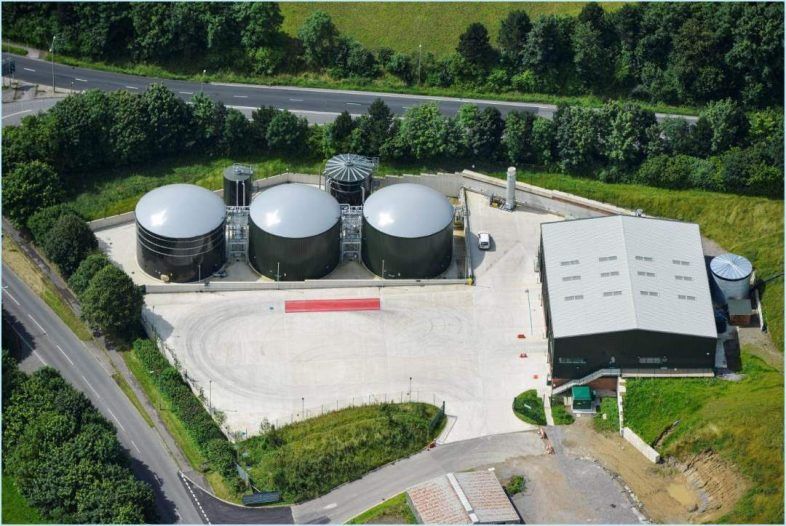
Previously, the blog talked about the scale of the problem of food waste.
Unless food waste is collected and recycled it will most likely end up in landfill sites. Once there it is left to rot and decompose which releases methane, a damaging green house gas.
Some food waste is made up of things like peelings, cores and bones, but the majority is, or once was, perfectly good food.
Throwing away food is also a huge waste of the energy, water and packaging used in its production, transportation, and storage.
It is believed that if we all stopped wasting the food which could have been eaten, it would have the same CO2 impact as taking 1 in 4 cars off UK roads.
Main Methods of Recycling Food Waste in the UK
In the UK there are a number of ways that food waste can be recycled however we will focus on two. Firstly, In Vessel Composting and secondly Anaerobic Digestion.
In Vessel Composting
In-vessel composting can process large amounts of waste and it can accommodate virtually any type of organic waste (e.g., meat, animal manure, biosolids, food scraps).
This method involves feeding organic materials into a drum, silo, concrete-lined trench, or similar equipment. This allows good control of the environmental conditions such as temperature, moisture, and airflow. As an example, Ohio University's compster is shown diagramtically below. The food waste enters the system and is forced through the process.
The material is mechanically turned or mixed to make sure the material is aerated. In Ohio University's model water is also added.
The size of the vessel can vary in size and capacity.
This method produces compost in 2-4 weeks. The material is then left outside to mature for a further 1-3 months with regular turning and checks to ensure quality before going on to be used as soil conditioner.
Advantages of Composting
- Lower initial capital investment needed to start of composting facility than is needed for an Anaerobic Digestion Plant.
- A slightly lower level of training is needed to run a composting plant the is required for an Anaerobic Digestion Plant.
- It produces a solid output/ fertilizer only. For some this will be an advantage, but in general this digestate product is a neutral factor, neither positive or negative for composting.
- It reduces odour below unprocessed waste odour levels. an example of this is the comparison between manure spreading and the same material spread after composting.
- It is much less likely to cause environmental pollution than spreading untreated organic waste on land.
- Provides for efficient resource recovery, and conservation of non renewable energy sources.
Disadvantages of Composting
- If the composted materials contain waste types such as animal or food waste there is a risk that diseases (for example “foot and mouth”) may be spread in the compost.
In those circumstances, many countries (such as the UK and EU) the Animal By-products regulations must be complied with for all commercial compost sales/ spreading on land. Like anaerobic digestion, it is necessary to pasteurize the composted material to ensure that all infectious agents have been effectively removed. - Commercial composting companies ensure that they meet the relevant regulations by applying the PAS 100 code for Quality Compost.
This can be done by ensuring that it composts rapidly and raises its own temperature, through the heat produced during composting. The required hot temperature must be held constant for a stated minimum time period.
Ensuring that every batch self-sanitises itself this way requires very good operating practice. and detailed monitoring to demonstrate successful pasteurisation to the local environmental regulating body. - This disadvantage is the biggest disadvantage of composting!
Composting requires the input of quite large energy inputs to fuel and operate the equipment needed to aerate and turn the compost piles.
Anaerobic Digestion
Anaerobic Digestion uses microorganisms to break down food waste, animal manure, slurries and energy crops in the absence of oxygen, inside an enclosed system.
The biogas naturally created in the sealed tanks is used as a fuel in a CHP (combined heat and power) unit to generate renewable energy i.e. electricity and heat.
What’s left from the process is a nutrient rich biofertiliser which is pasteurised to kill any pathogens and then stored in large covered tanks ready to be applied twice a year on farmland in place of fossil fuel derived fertilisers.
Every tonne of food waste recycled by anaerobic digestion as an alternative to landfill prevents between 0.5 and 1.0 tonne of CO2 entering the atmosphere, one of the many benefits of anaerobic digestion.
Advantages of Anaerobic Digestion
- It is a net energy-producing process which produces renewable energy in the form of biogas.
- It sanitizes the feedstock/ waste which is put through it, as long as the temperature is held above a required temperature for a pre-defined time period (pasteurized).
- It reduces odour below unprocessed waste odour levels. an example of this is the comparison between manure spreading and the same material spread after anaerobic digestion when it is known as “digestate”.
- It is much less likely to cause environmental pollution than spreading untreated organic waste on land.
- Provides for efficient resource recovery, and conservation of non renewable energy sources.
- Lower sludge mass generation when used as a primary water treatment method compared to an aerobic system applied to the same contaminant concentration and flow.
- The effect of the fertilizer is longer lasting than for untreated organic waste.
Disadvantages of Anaerobic Digestion
- When carried out at a commercial scale on farms and at wastewater treatment works (WwTWs) it requires a high level of investment in large tanks and other process vessels.
- If run inefficiently AD can cause an odour nuisance.
- Does not convert as large a proportion of the carbon in the biomass to biogas as can be achieved using gasification.
- It takes longer to start up the process due to the slow growth rate of the methane-producing organisms as compared to aerobic systems.
- In some applications has higher buffer chemical dosing requirements for pH control to keep the pH for AD within the range of 6.5–8.
- Nutrients removal is not as efficient as in aerobic treatment if is used as a water treatment process. Invariably a post treatment process will be necessary before any discharge to a watercourse. For such discharges, a secondary process stage will be needed such as membrane filtration, or even further aerobic treatment, in order to meet the river, ditch, or stream discharge consent requirements and protect the aqueous environment.
Conclusion
For the purposes of the planet if you get your food waste collected then whichever of the methods outlined is used, it is far superior than simply allowing your waste to be transferred to landfill and allowed to decompose and return methane to the atmosphere.



